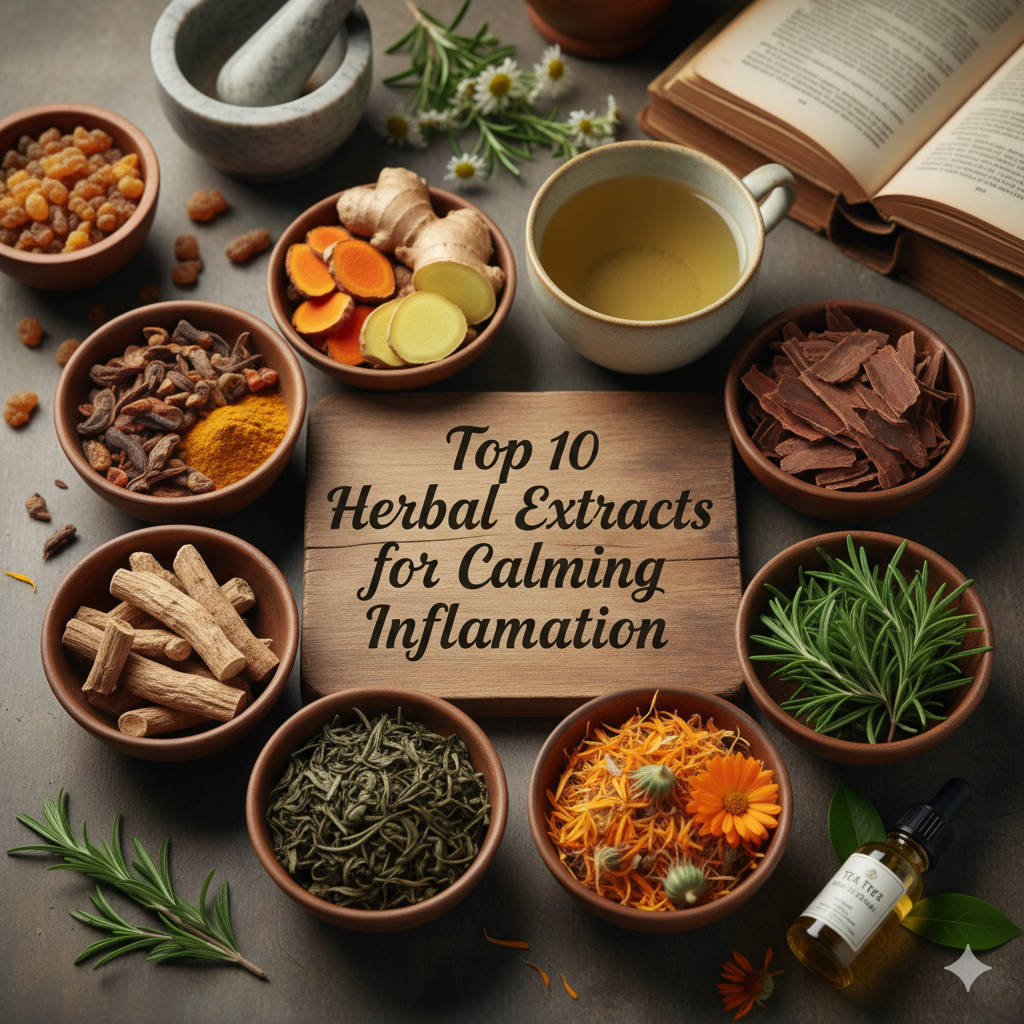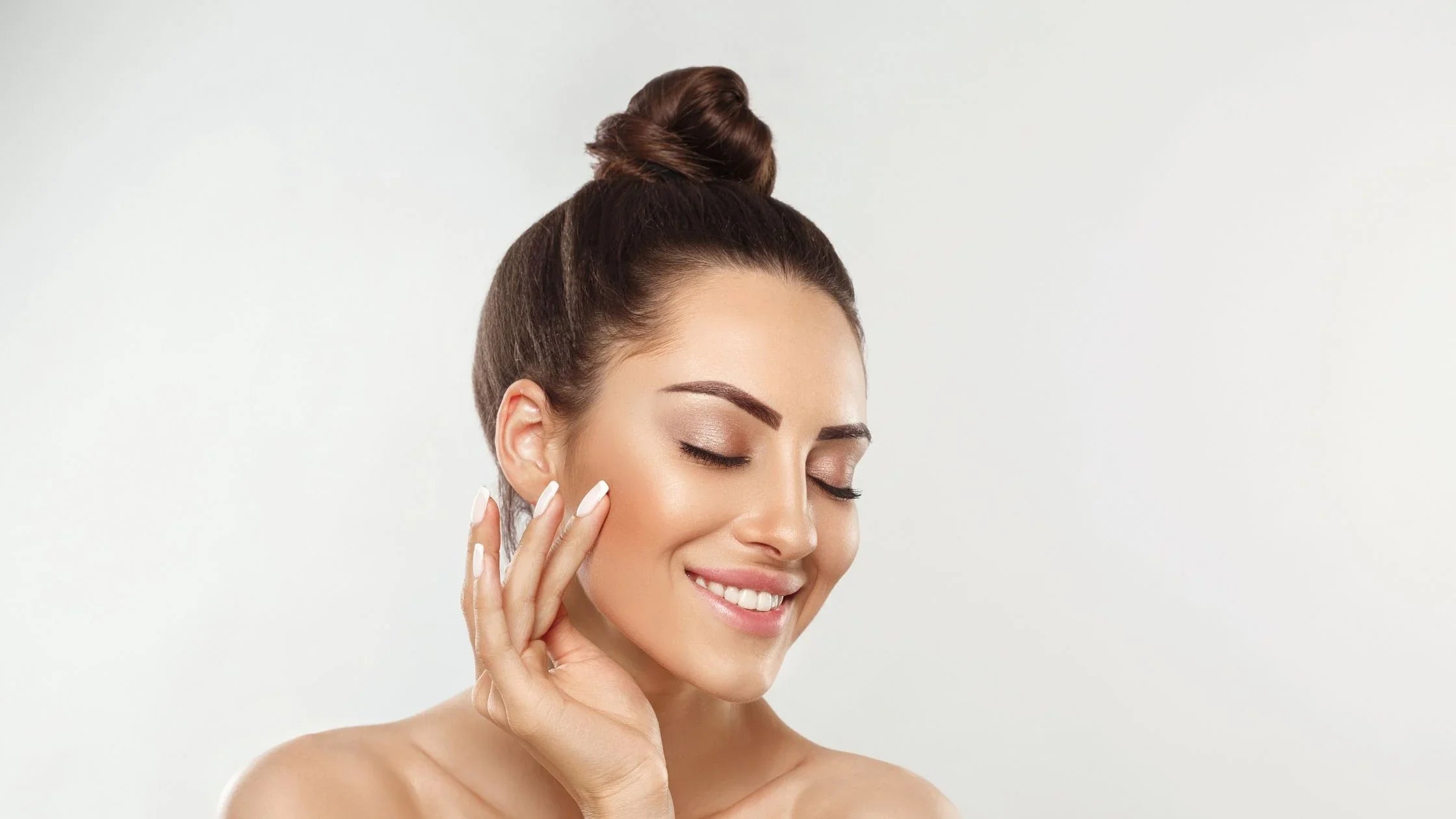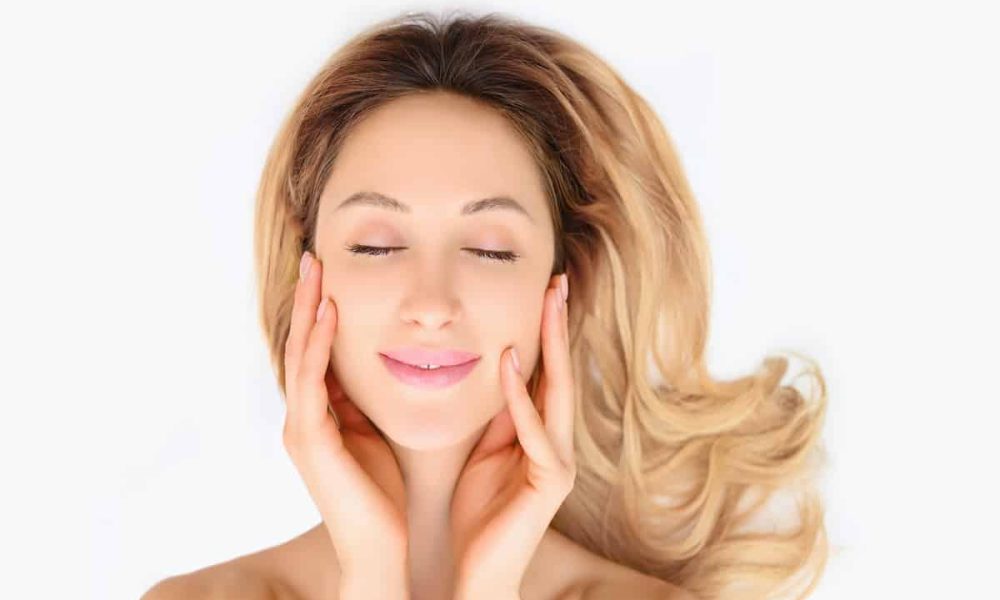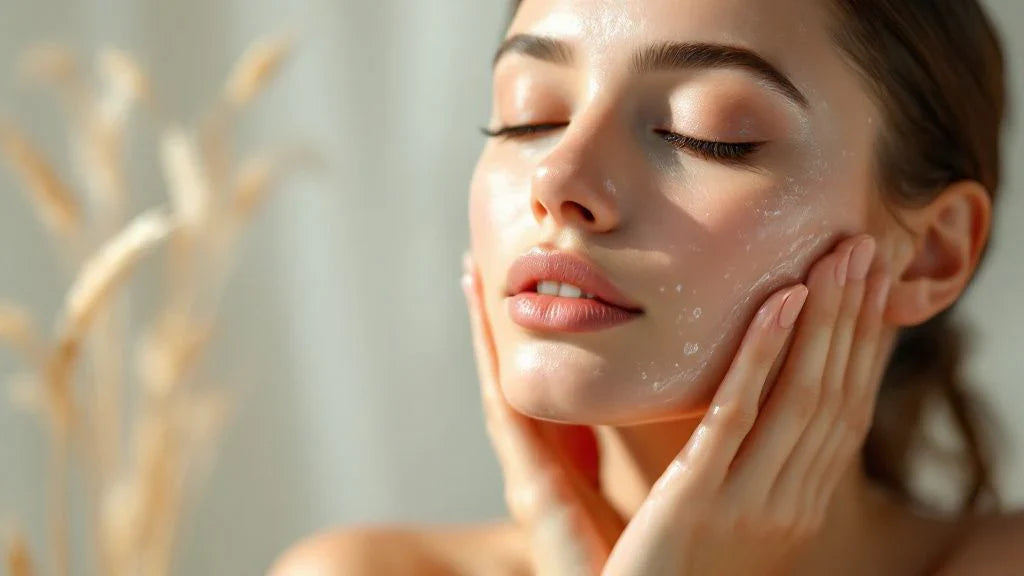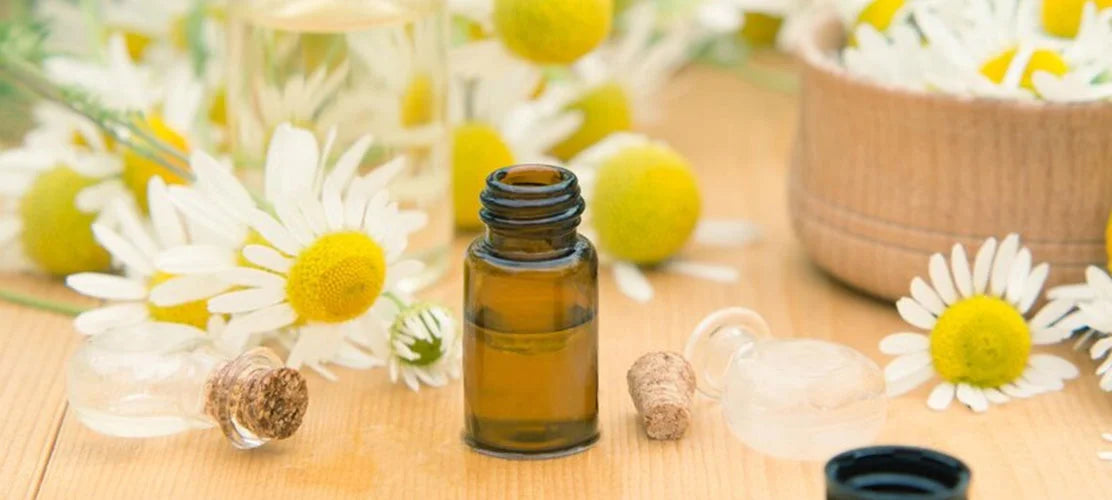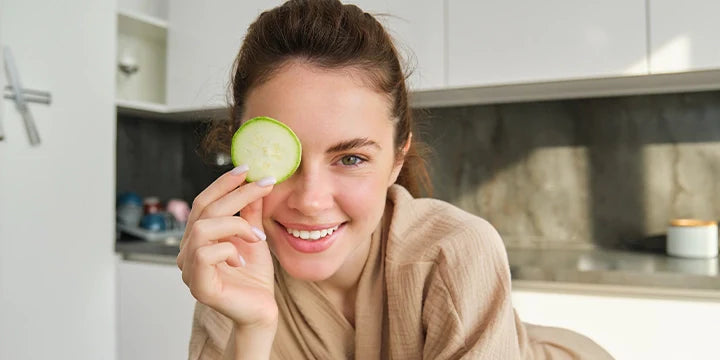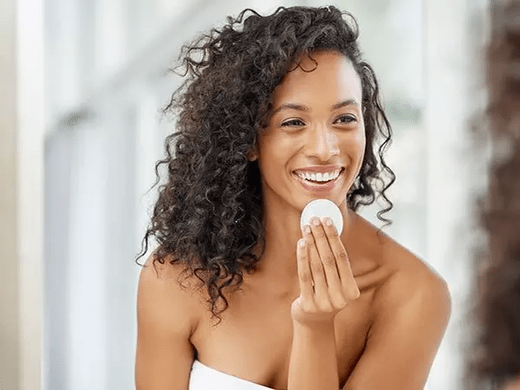
How to Layer Retinol with AHAs/BHAs for Smooth Skin
How to Layer Retinol with AHAs/BHAs for Smooth Skin- Hey, skincare junkies, if you are going for smooth, glow-up skin, you will likely have heard of two of the holy grail ingredients-retinol and AHAs/BHAs. The ultimate face duo, if you will. Retinol is the answer to all the paps (flipping over dead skin cells) to give you that look of youthful plumpness, while AHAs and BHAs are your best skin BFFs when it comes to sloughing dead skin off and keeping those pores clear. But, like, can you just throw a bunch on and be done? Uh, nope. Layering these nasty boys the wrong way can leave you red, irritated, and looking like a tomato. So, let's break down how to layer retinol with AHAs/BHAs without turning your skin into a war zone.

What are Retinol, AHAs, and BHAs?
Before we dive into the good stuff, let's get on the same page about these ingredients, so you know why they're total game-changers:
Retinol: Retinol is like a personal trainer for your skin. It accelerates cell turnover with the help of getting rid of wrinkles, dark spots, and texture issues. It also gives you the champion look of smoother and younger-looking skin. If you will fight for age or acne scars, then this stuff is a must.
AHAs: AHAs are water-based acids that exfoliate on the surface of your skin, and they're excellent for brightening dull skin, helping with hyperpigmentation, and just generally making you look fresh and dewy. You'll find that they work perfectly on dry or sensitive skin because they not only exfoliate but also hydrate a little bit.
BHAs: BHAs, like salicylic acid, are oil-soluble. This means they can go pretty deep into pores and dissolve blockages in no time. They're a godsend if you have oily, acne-prone skin or struggle with blackheads.
How to Layer Retinol with AHAs/BHAs
Alright, so you get the idea. But how in the world do you even do this without your skin freaking out? Read on for how to layer these products right:
1. Start Slow, Play it Safe:
If you are a new user to either retinol or AHAs/BHAs do not combine them both at one time. Introduce the first for one or two weeks and then introduce the second, just so your skin doesn't freak out. Once that product sits well on your skin you can now layer.
2. Separate Your AM and PM Routines:
The simplest way to layer these ingredients without exploding is to use them at different times of day. Here's how:
- AM: Cleanse, apply your AHA or BHA (possibly a glycolic or salicylic acid toner), and then top it off with sunscreen (yes, use sunscreen). AHAs/BHAs make your skin extremely sensitive to the sun so do not skip this step.
- PM: And once you cleanse, apply your retinol. Retinol does beautifully at night, and you want it to be the star of your nighttime routine. Finish with a good moisturizer to lock in the hydration and prevent any dryness or irritation.
3. Layer it all on the same night? You Can, But Be Careful:
Of course if you really do want to use both on the same night (understandable why you're in such a hurry to see that glow up), then go ahead and do it, but be smart about it. Apply the AHA/BHA first, let that penetrate into your skin for a few minutes, then apply your retinol. This allows the acids to exfoliate your skin while your retinol penetrates deeper into the layers. Don't overdo it, though-if your skin is sensitive, skip one of the products at night.
Moisturizer is a Must:
Both retinol and AHAs/BHAs can be drying. So after you layer these products make sure to slather on a rich moisturizer. This will help keep your skin barrier intact, so nothing freaks out and becomes irritated or flaky.
Listen to your skin:
Pay attention to how your skin is reacting. Redness, peeling, or burning is a sign to dial it back. Try to reduce your use of each ingredient or use gentler formulas to prevent irritation.
Final Thoughts
Layering retinol with AHAs/BHAs is like creating the ultimate skincare squad-but like any dream team, you've gotta use them right. Start slow, use smart strategies when you apply these, and never forget that sunscreen. While following these steps, you will be rocking smoother, clearer, and more radiant skin in no time. Now go ahead and glow up!
FAQs About How to Layer Retinol with AHAs/BHAs for Smooth Skin
Q: Can I use retinol and AHAs/BHAs every day?
A: Only if your skin is tolerant of them! If you're new to these, begin starting with 2-3 times a week. Using them too much can dry out your skin and irritate it. Listen to your skin and gradually build up.
Q: Which would I use for acne: retinol or AHAs/BHAs?
A: Both are amazing for acne, but they cure it differently. BHAs (like salicylic acid) are amazing for deep-pore cleaning, so if you have blackheads or cystic acne, go for those. Retinol works wonders for stopping a breakout in its tracks and dealing with acne scars over time.
Q: Can I use these ingredients even though I have sensitive skin?
A: You have sensitive skin. Start with lower concentrations. Don't overlayer those products on your skin every day. Also, try to find gentler versions of those products in case they irritate, such as a mild AHA serum or lower-strength retinol.
Q: Do I really need sunscreen with these?
A: YES. Always apply sunscreen when applying retinol or AHAs/BHAs. Either one can make your skin extremely sensitive to the sun, and you'll want to layer SPF on top. Grab a reliable, broad-spectrum sunscreen in the SPF 30 category or higher and reapply every morning.


